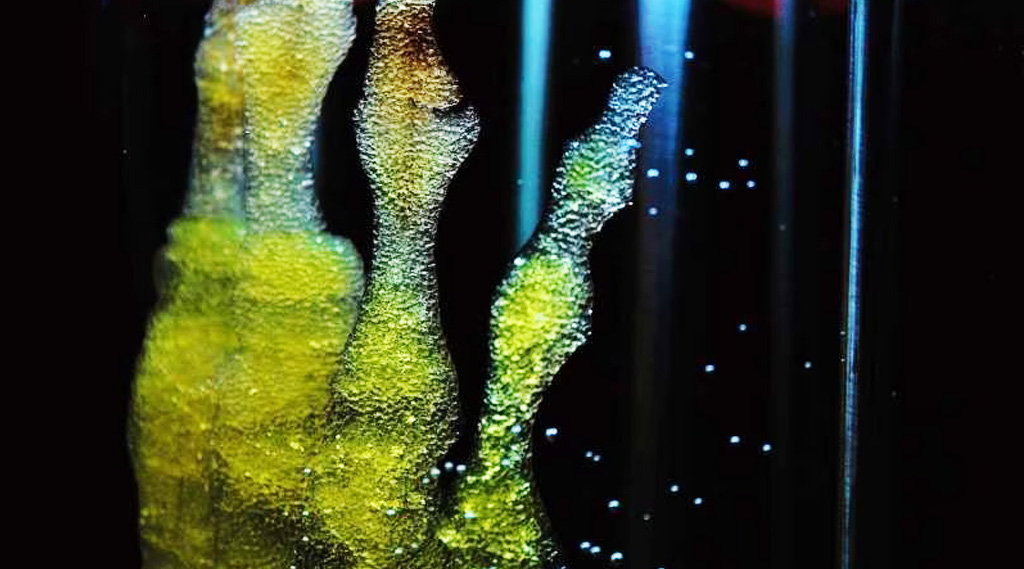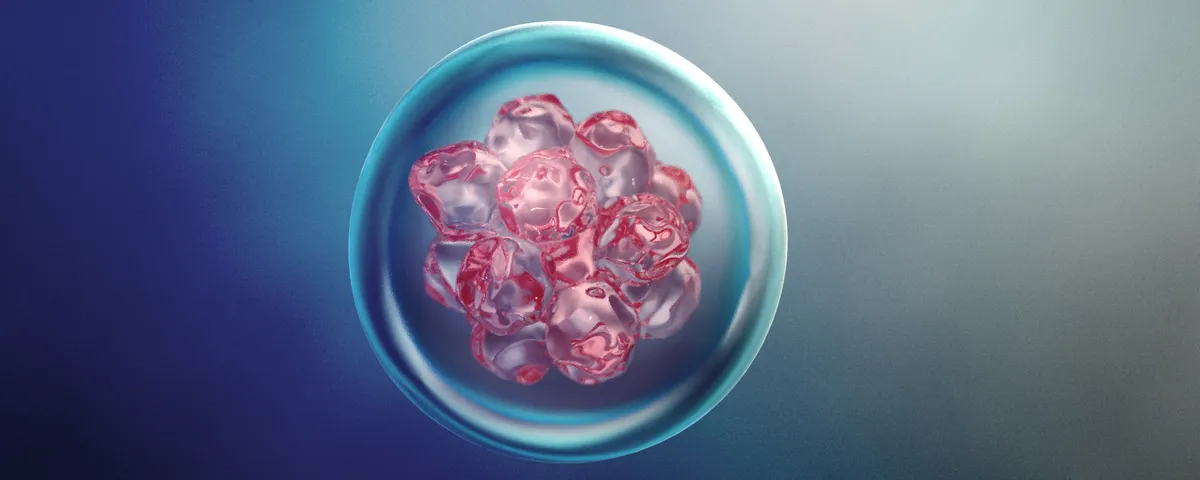By Journal of Drug Delivery Science and Technology –
Abstract
Wound healing is the process of tissue regeneration, which, under normal conditions, is a very time-consuming process. It is also very susceptible to complications such as infection and chronic inflammation. Recent developments in the field of nanobiotechnology have led to the formulation of a new generation of hydrogel-based nanoparticles, known as nanogels, which show considerable potential for enhancing wound healing processes. Hence, nanogels, with their nanometric size, high water content, and elasticity, can actively interact at both the cellular and interstitial levels in a wound environment, thereby enhancing drug delivery into the wound more effectively, resulting in a shorter healing time and reducing scar formation. This review provides an in-depth examination of the multiple roles of nanogels in wound healing and, most importantly, demonstrates the wide range of drug types that can be encapsulated and released at the lesion site. This article summarizes a wide range of nanogels, from synthetic to natural, and explains their biocompatibility and degradation profiles. It also covers the limitations and possible improvements that could be made in the use of nanogels as therapeutic therapies. To this end, nanogels represent a novel drug delivery technology in wound care, offering a practical and multifunctional treatment modality that accelerates and enhances the healing process.




